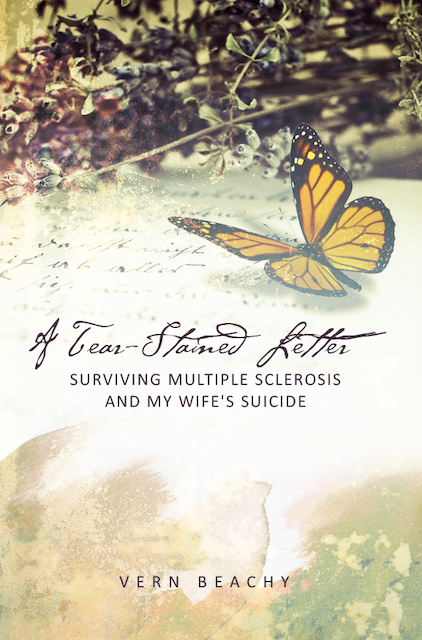Book Review - A Tear-Stained Letter: Surviving Multiple Sclerosis And My Wife’s Suicide
Book Review - A Tear-Stained Letter: Surviving Multiple Sclerosis And My Wife’s Suicide

Latest Article|September 3, 2020|Free
::Making Grown Men Cry Since 1992



